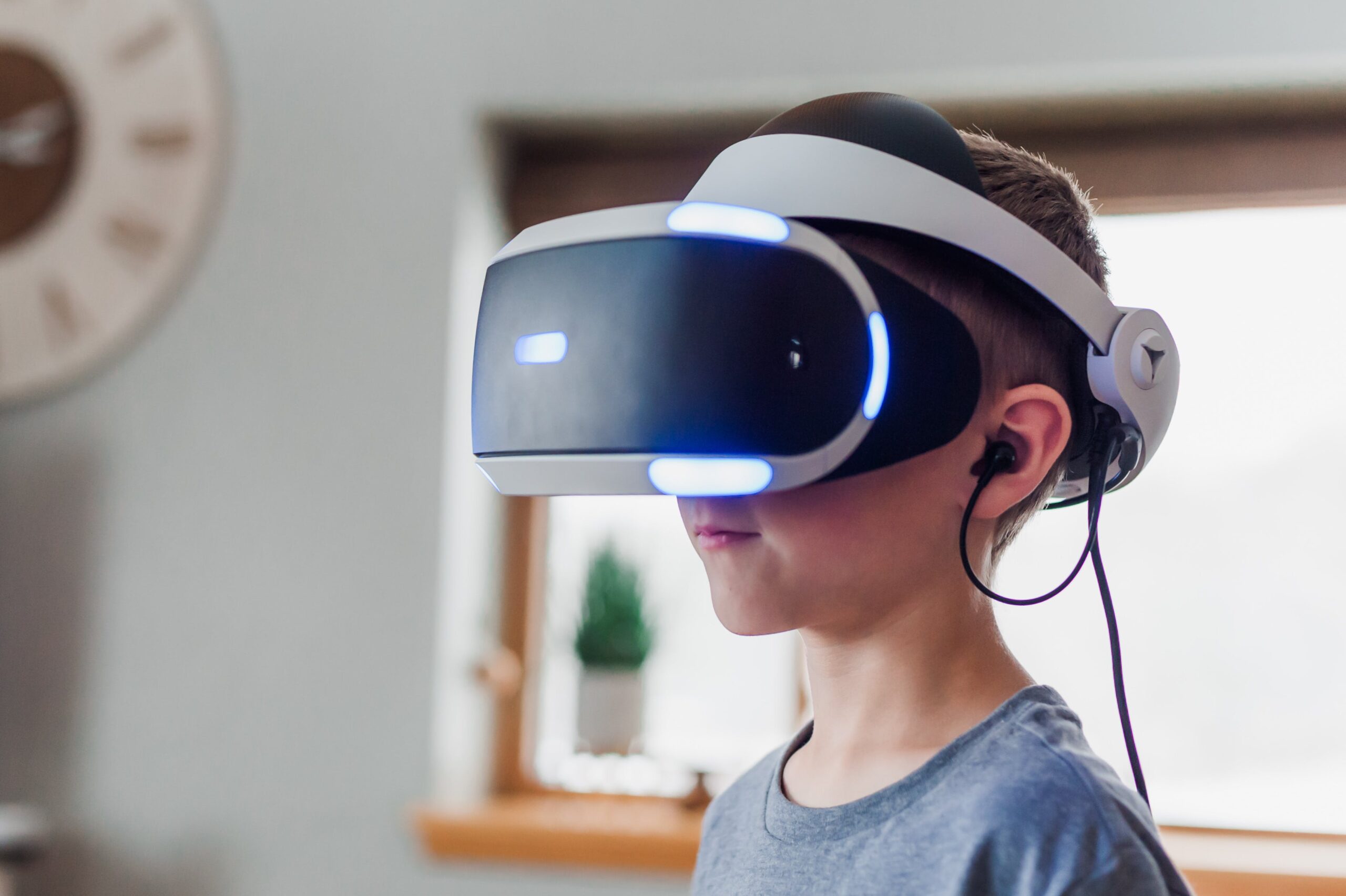
In the wake of growing environmental concerns, eco-friendly apps have emerged as a cornerstone of sustainable development in the realm of Windows app development. With climate change and environmental degradation posing significant challenges, there is an urgent need to adopt eco-conscious practices across all industries, including technology.
According to recent research by Nielsen, 81% of consumers worldwide feel strongly that companies should help improve the environment.
Harnessing this momentum, developers are increasingly integrating sustainable features into Windows apps to minimize their ecological footprint and promote environmental stewardship.
Eco-friendly apps are designed with a focus on minimizing resource consumption, reducing waste, and promoting sustainable behaviors among users. By incorporating energy-efficient algorithms, optimizing data transmission protocols, and leveraging cloud-based technologies, developers can significantly reduce the energy consumption and carbon footprint of Windows apps. Additionally, eco-friendly apps often feature built-in tools and functionalities that empower users to adopt more sustainable habits in their daily lives, such as tracking energy usage, reducing paper waste, or promoting eco-friendly transportation alternatives.
One of the key advantages of eco-friendly apps in Windows app development is their potential to drive positive environmental impact at scale. By encouraging sustainable behaviors and raising awareness about environmental issues, these apps have the power to mobilize large user communities toward collective action. Whether it’s promoting recycling, advocating for renewable energy adoption, or facilitating sustainable consumer choices, eco-friendly apps serve as catalysts for positive change in both individual and collective behavior.
Furthermore, eco-friendly app development aligns with broader corporate sustainability initiatives and corporate social responsibility (CSR) goals. By adopting eco-conscious practices in app development, companies can demonstrate their commitment to environmental stewardship and differentiate themselves as responsible corporate citizens. Moreover, eco-friendly apps can enhance brand reputation, attract environmentally-conscious consumers, and drive long-term customer loyalty, contributing to both environmental and business sustainability objectives.
However, achieving true sustainability in Windows app development requires a holistic approach that considers not only environmental factors but also social and economic dimensions. Developers must prioritize eco-friendly design principles, incorporate sustainability metrics into app development processes, and engage in continuous improvement efforts to minimize environmental impact. Additionally, fostering collaboration and knowledge-sharing within the developer community can accelerate the adoption of eco-friendly practices and drive innovation in sustainable app development.
In conclusion, eco-friendly apps represent a crucial opportunity for developers to contribute to environmental sustainability and promote responsible consumption in Windows app development. At Coding Brains, our software development company is committed to integrating eco-conscious practices into our app development processes, ensuring that our Windows apps are not only innovative and user-friendly but also environmentally responsible. By harnessing the power of technology for positive change, we strive to create a more sustainable future for generations to come.





